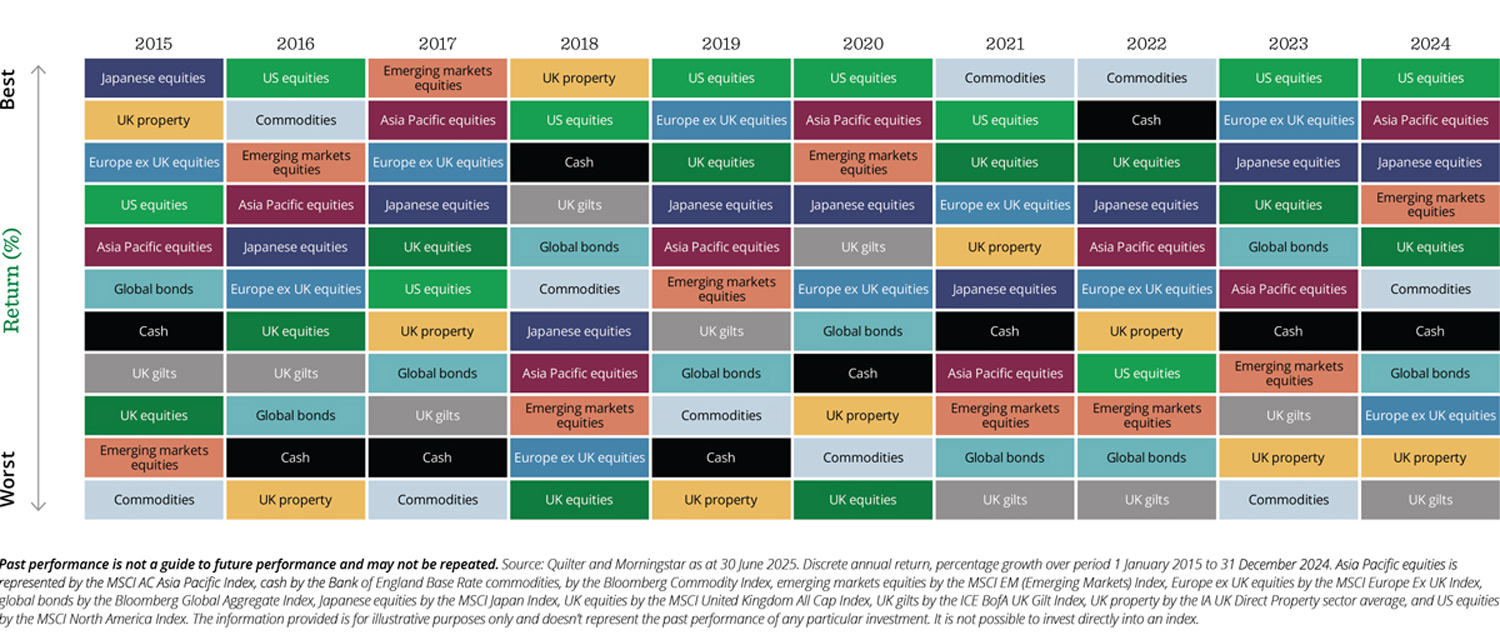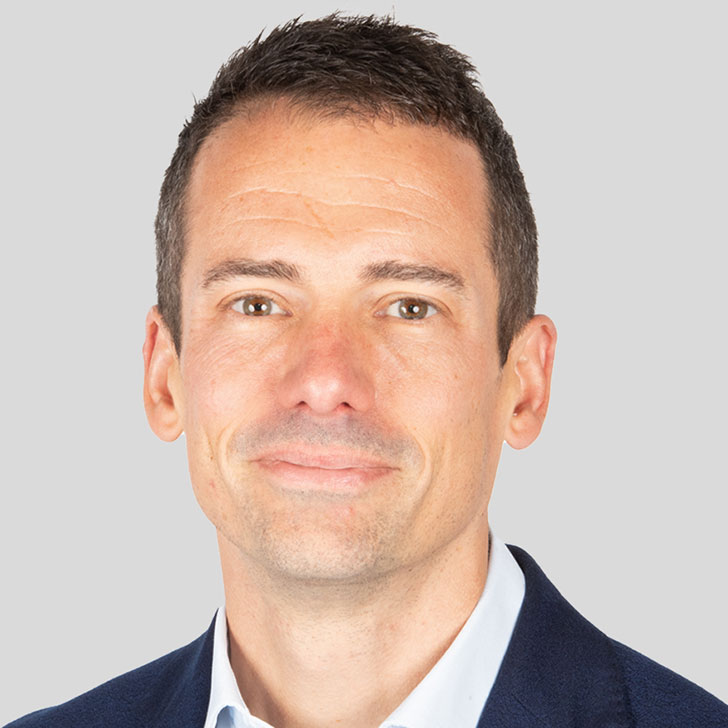20:20 hindsight
At the start of 2020 , amid the first global lockdowns, we faced a highly volatile and disinflationary environment. Some market drawdowns were the steepest since the 2007-08 global financial crisis. However, global equities and bonds rebounded robustly, while alternatives and inflation-hedging assets lagged. Significant fund switching occurred, with shifts from diversified multi-asset portfolios to global equity and bond funds.
In 2023, global markets again experienced significant volatility due to geopolitical tensions, fluctuating energy prices, and ongoing inflation concerns. After initial dips, global equities rebounded strongly, driven by robust corporate earnings and economic recovery efforts.
A more recent example of the benefits of staying invested can be seen in the market fluctuations of late 2024 and early 2025. During this period, US equities experienced several price swings due to varying macroeconomic conditions, including inflation expectations, growth data, and Federal Reserve commentary. Despite the volatility, US equities remained at all-time highs.
Reflecting on these examples, it becomes clear that staying diversified, trusting the investment process, ignoring market noise, and engaging clients on the benefits of staying invested is the prudent approach. As the saying goes, hindsight is a wonderful thing.
Lifting the lid
However, it is not just about picking the right asset class. The risks of poor outcomes for your clients arising from picking the wrong fund in a portfolio are all too real.
A fund may look like the right choice, but many things can potentially go wrong under the bonnet of an investment, which is why robust due diligence is required.
This is about being able to identify ‘red flags’ both pre- and post-investment and being able to evidence robust due diligence and governance of the process at every stage.
Investment due diligence goes much further than just performance analysis. It amounts to forensically dissecting the various segments of your portfolios and having the resources in place to regularly review and adjust exposures on an ongoing basis.
This includes evidencing the processes that underpin how you select and monitor funds and their managers. It also includes demonstrating governance arrangements of your firm and providing full transparency around any portfolio changes.
Most importantly, it requires you to be able to lift the bonnet on your portfolios at any time, to demonstrate an understanding of how each component part is managed, and how you identify and manage any potential red flags that might arise.
Avoiding foreseeable harm to your clients
We have also seen in recent times of how a style change by an underlying manager can result in a broad range of outcomes and, in some cases, foreseeable harm to investors. To stay on top of this potential risk, you need the expertise and resources to monitor every fund you select in in your portfolios to ensure that a change of style or approach by a manager does not result in a poor outcome for your clients.
If you do not have these capabilities, you are at a material disadvantage. Thanks to the regulatory backdrop, it is only a matter of time before advisers without such research and analysis capabilities find themselves inadvertently liable to cause foreseeable harm. Ultimately, avoiding foreseeable harm to your clients is not about predicting the future, it is about anticipating what could happen, and having the right procedures in place to act effectively, if things go wrong.
For many advice firms, this level of forensic investment analysis, continuous monitoring, and ongoing governance simply is not possible due to the financial and time costs involved.

 'For many advice firms, this level of forensic investment analysis, continuous monitoring, and ongoing governance is not possible due to the financial and time costs involved.'
'For many advice firms, this level of forensic investment analysis, continuous monitoring, and ongoing governance is not possible due to the financial and time costs involved.'